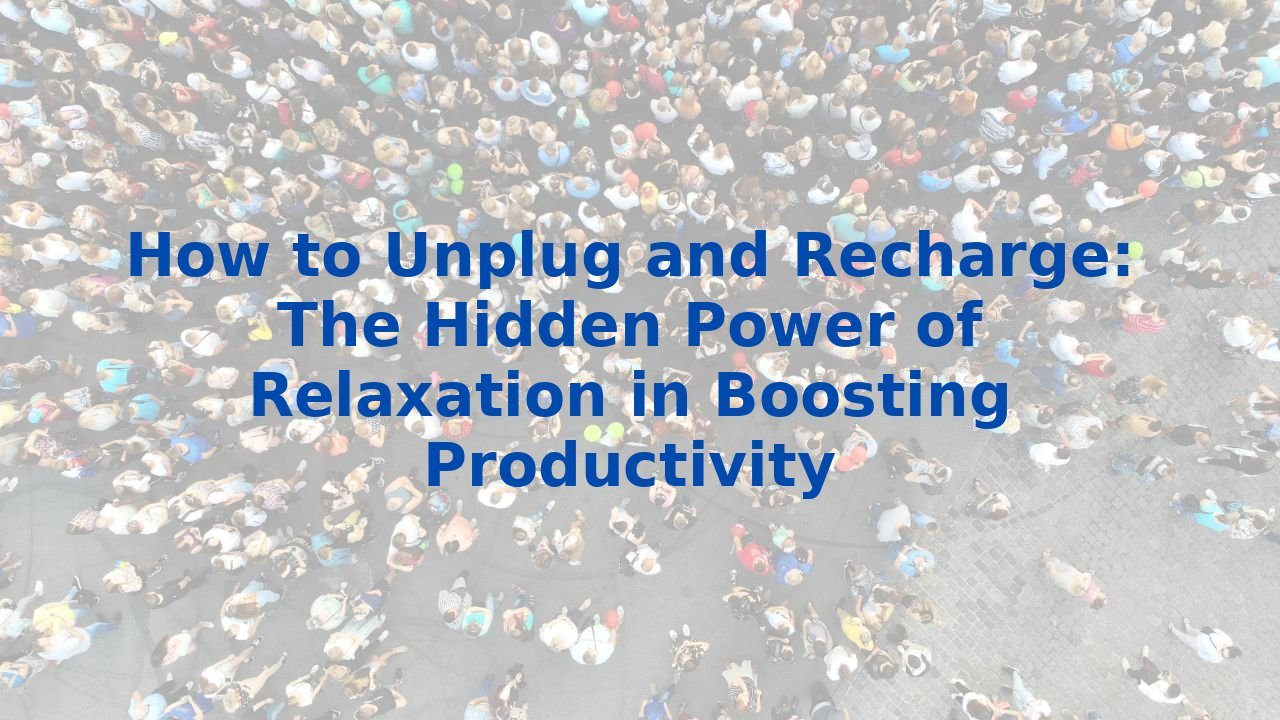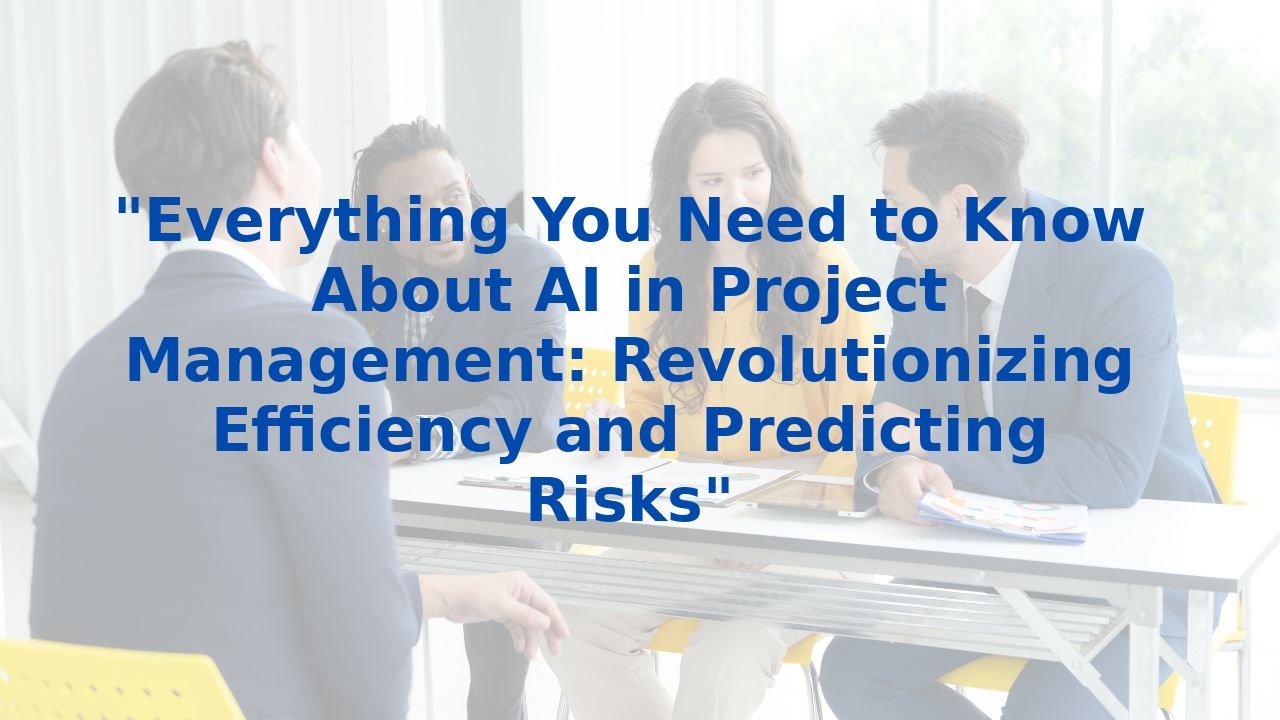How to Unplug and Recharge: The Hidden Power of Relaxation in Boosting Productivity
How to Unplug and Recharge: The Hidden Power of Relaxation in Boosting Productivity
Introduction
In an age defined by relentless connectivity and ceaseless demands for productivity, carving out time to unplug and recharge is not merely beneficial; it's essential. The paradox that many organizations face is that while we have more tools and technology than ever before, our collective well-being often takes a backseat. However, achieving a balance between productivity and relaxation can unlock remarkable growth for both individuals and organizations alike.
The Need for Relaxation
Our bodies and minds are not designed for a 24/7 work culture. Stress accumulates, cognitive functions decline, and creativity wanes when we neglect to embrace moments of rest. Research consistently highlights the performance benefits of allowing ourselves time to relax. It’s during these moments of downtime that our minds can process information, divest from stressors, and ignite creative sparks—leading to innovative ideas and breakthroughs.
The AI-Powered Shift
Interestingly, the integration of artificial intelligence (AI) into the workplace offers a golden opportunity to reimagine our approach to work-life balance. By automating routine tasks, AI can free up valuable time for employees to unplug, recharge, and focus on high-impact work. Imagine a work environment where tedious administrative tasks are handled seamlessly by technology, allowing staff to allocate their time toward strategic thinking and personal well-being.
Enhancing Business Processes with AI
AI’s impact on business processes is immense and multifaceted. Here are just a few areas where it shines:
- Content Generation: AI tools can assist in creating quick drafts, summaries, or even complex reports. This reduces the drain on cognitive resources and allows teams to approach tasks with fresh eyes and heightened creativity.
- Data Analysis: AI’s ability to analyze large data sets expedites the identification of trends and insights that can guide business decisions. Instead of being stuck in manual data evaluation, organizations can pivot to more meaningful discussions and strategies.
- Personalization: AI can tailor experiences for clients and employees alike. By understanding individual preferences and behaviors, businesses can create adaptive solutions that cater directly to user needs, making significant strides in satisfaction and engagement.
Unplugging with AI’s Assistance
As AI tools handle repetitive tasks, they pave the way for employees to embrace relaxation without the weight of unfinished business. Companies can initiate "unplugged days" or mental health breaks, fostering a culture that prioritizes well-being. By allowing employees to recharge, organizations will benefit from renewed energy and motivation that translate into higher productivity and morale when they return to work.
Embracing Human Creativity
While AI facilitates automation and efficiency, it’s vital to remember that humans bring creativity and emotional intelligence to the table. The most successful businesses are those that harness the complementarity between human insight and AI capabilities. Instructional designers, for example, enhance learning experiences through their creativity, even as AI generates content. This blend ensures that the solutions are relevant and engaging for end-users.
The Importance of Employee Training for AI
To realize the full potential of AI, organizations must invest in training their employees. Here’s why this training is not just beneficial but essential:
- Efficiency Enhancements: With adequate training, employees can navigate AI tools with confidence, driving efficiency in their workflows.
- Accuracy and Relevance: Proper training fosters a nuanced understanding of how to steer AI toward generating quality and relevant outputs, minimizing the need for heavy revisions.
- Fusing Creativity with Technology: Employees trained to use AI can blend their human creativity with machine processes, yielding innovative solutions that resonate.
Conclusion
In the pursuit of enhanced productivity, organizations often overlook the profound impact of relaxation on performance. Unplugging is not just a personal necessity but a strategic advantage. By leveraging AI effectively, businesses can streamline operations and carve out precious time for employees to recharge. This creates a cycle of revitalization that bolsters productivity and innovation. Additionally, investing in employee training for AI ensures teams can navigate this new terrain effectively, harnessing technology without sacrificing creativity.
As we embrace this shift, let’s not forget that sometimes the most productive thing you can do is to take a break. Unplugging is not an obstacle; it is a prerequisite for enduring success.



